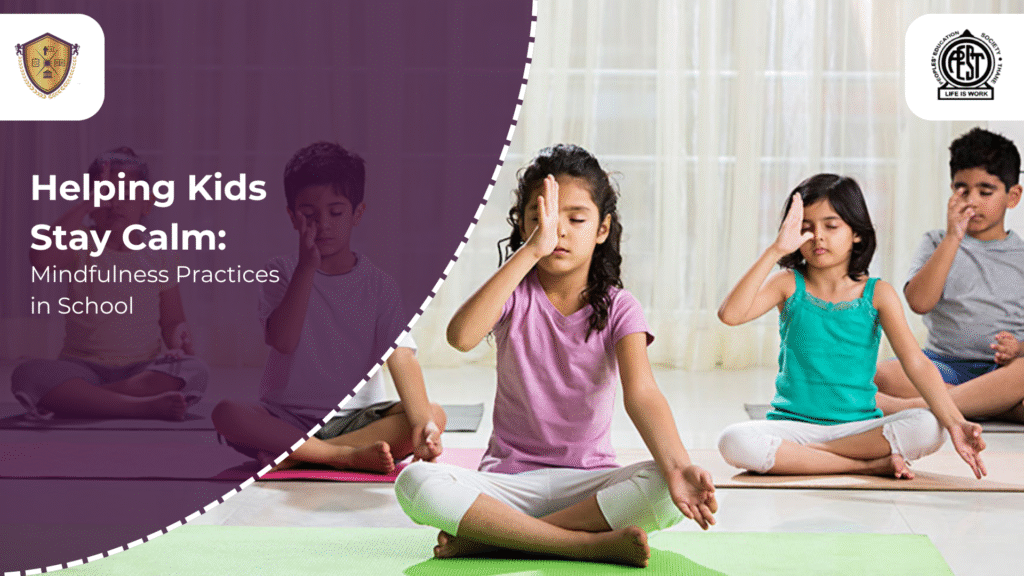
Last Friday, during a regular activity session, one of the younger kids got upset over a group game. He didn’t lash out or cry loudly—he just looked down, clearly shaken. His teacher didn’t say much. She simply asked the whole class to pause and take three deep breaths together. No fuss. A few seconds later, that same boy quietly walked back to his group and rejoined the game.
It was such a small thing. But in that moment, it made a big difference.
This is what we’re learning: sometimes, helping kids feel better doesn’t mean doing a lot. Sometimes, it just means giving them a moment to slow down.
Why We’re Talking About This
Over the past year, we have started trying out mindfulness in our classes—not as a subject or a separate activity, but just as something we built into the day. It could be one quiet moment before a lesson, or asking kids how they’re feeling before jumping into something new.
We didn’t plan a big program. It just started with noticing that some kids seemed overwhelmed. And when we tried slowing things down, it helped.
What’s Happening in Some Classrooms
Here’s what some teachers have been doing:
- Giving kids 60 seconds of silence after break time. No talking, no instructions—just quiet.
- Playing soft music or nature sounds while they write or draw.
- Asking students to take five deep breaths before a test.
- Let them close their eyes and think about one thing that made them happy that day.
Simple things. Nothing fancy.
One teacher shared that her students now remind her when it’s time for a “calm minute.” That’s how natural it’s become.
What We’ve Noticed
After these short breaks, kids seem more focused. There’s less restlessness. And when something goes wrong—like a disagreement between friends—they bounce back quicker.
Some students even say things like, “I was feeling angry, but I did my breathing and now I’m okay.” For a child to notice and manage their feelings like that? That’s huge.
Let’s Keep Sharing
This isn’t about doing more. It’s about doing things a little differently.
If you’ve tried something that helped, tell us. Even if it’s small. Whether it’s a routine you use before starting your day or a way you calm down a noisy class, it might help someone else.
And if you haven’t tried mindfulness yet, it’s okay. Start with one minute a day. That’s enough.
We’re not here to fix every problem. But if we can help our kids feel a little more settled, a little more heard and a little more ready to learn—that’s worth it.
Let’s keep looking out for those small moments that help. They matter more than we realise.